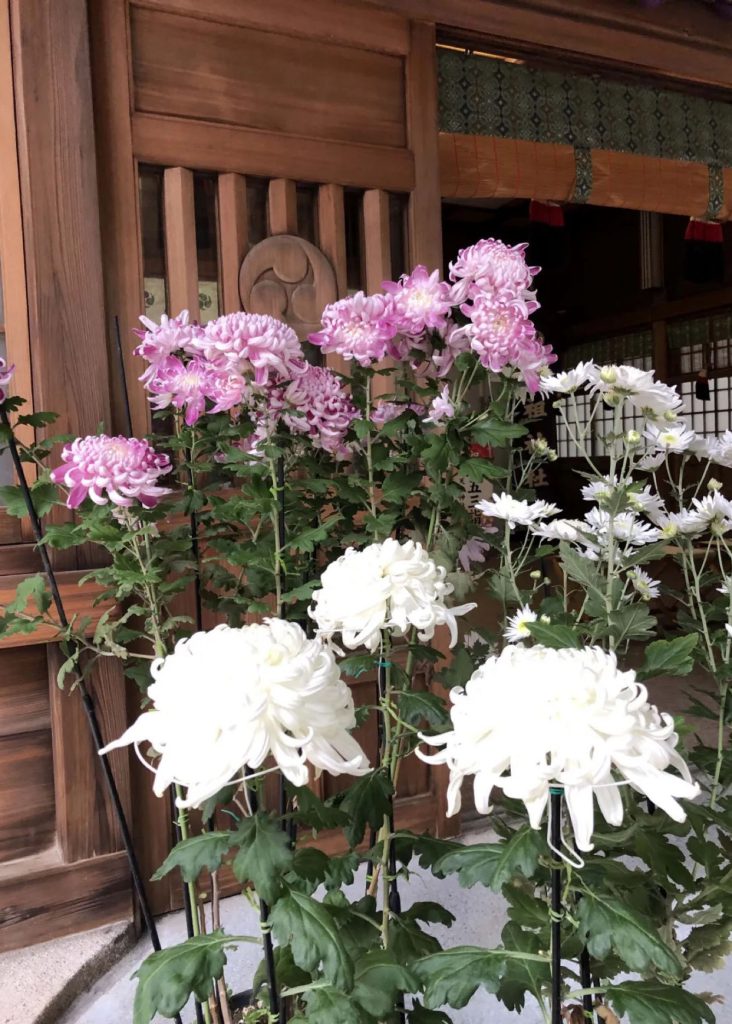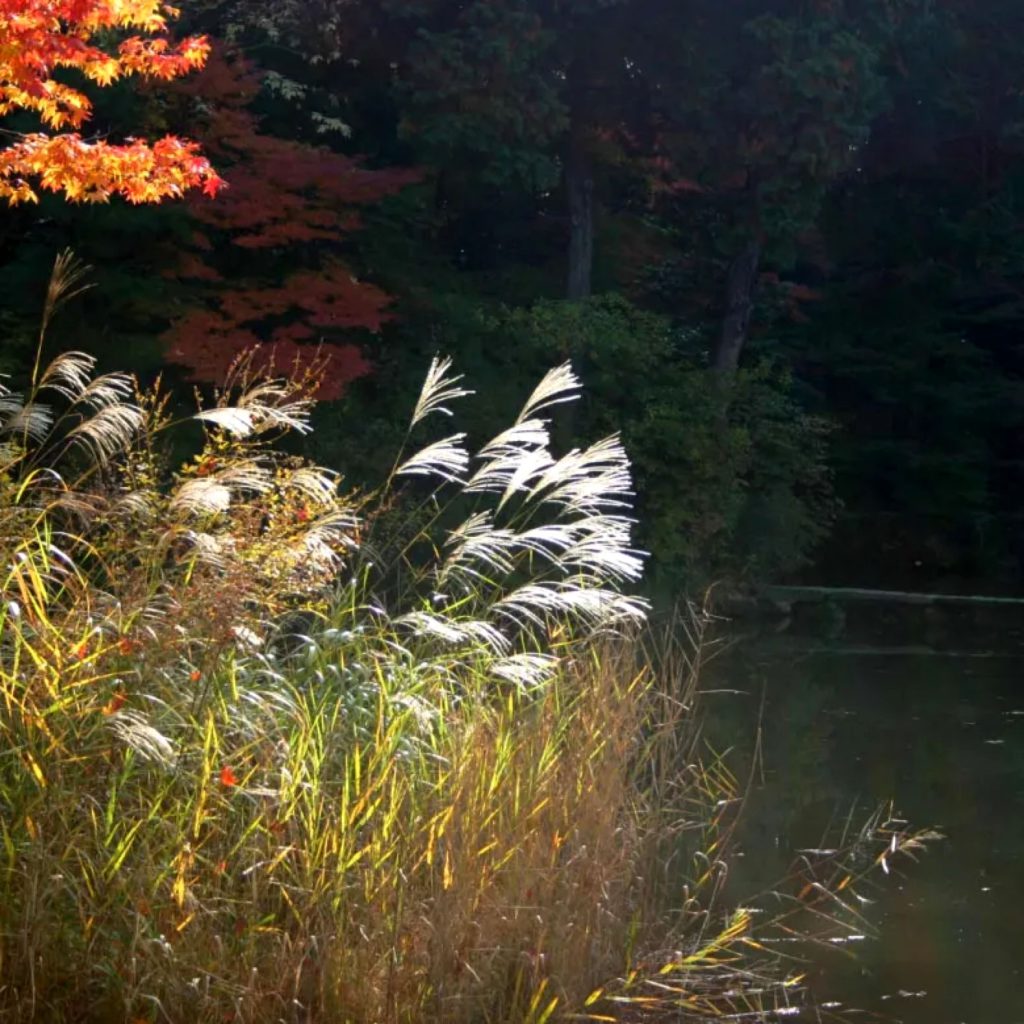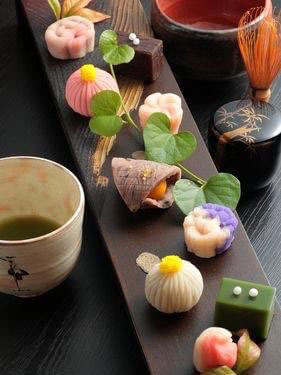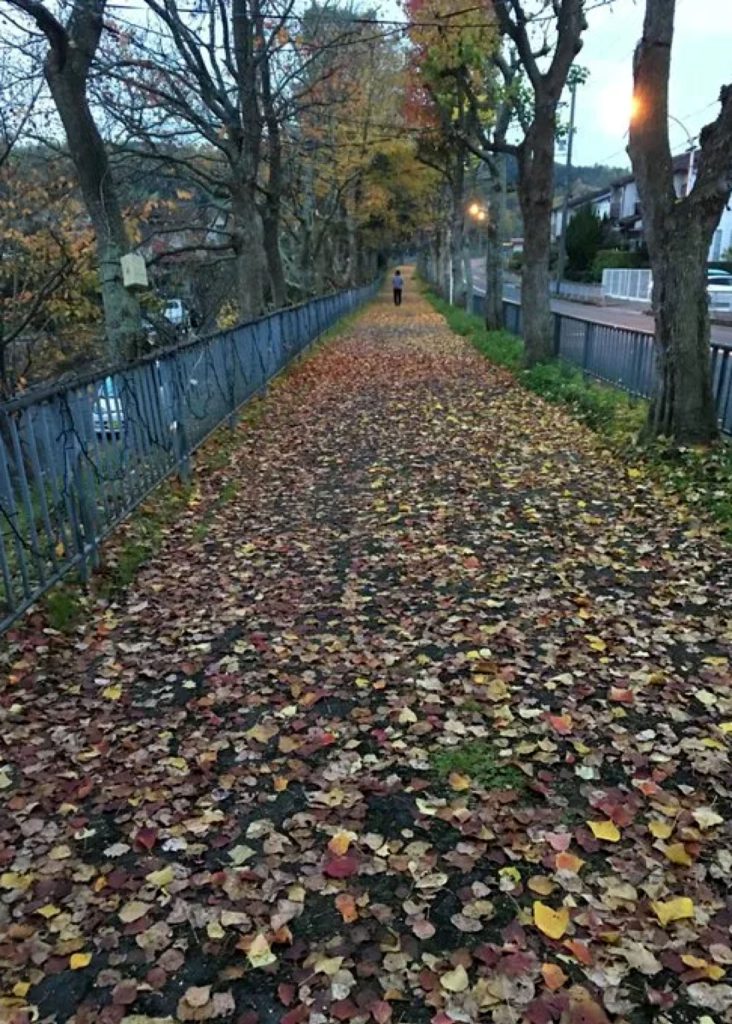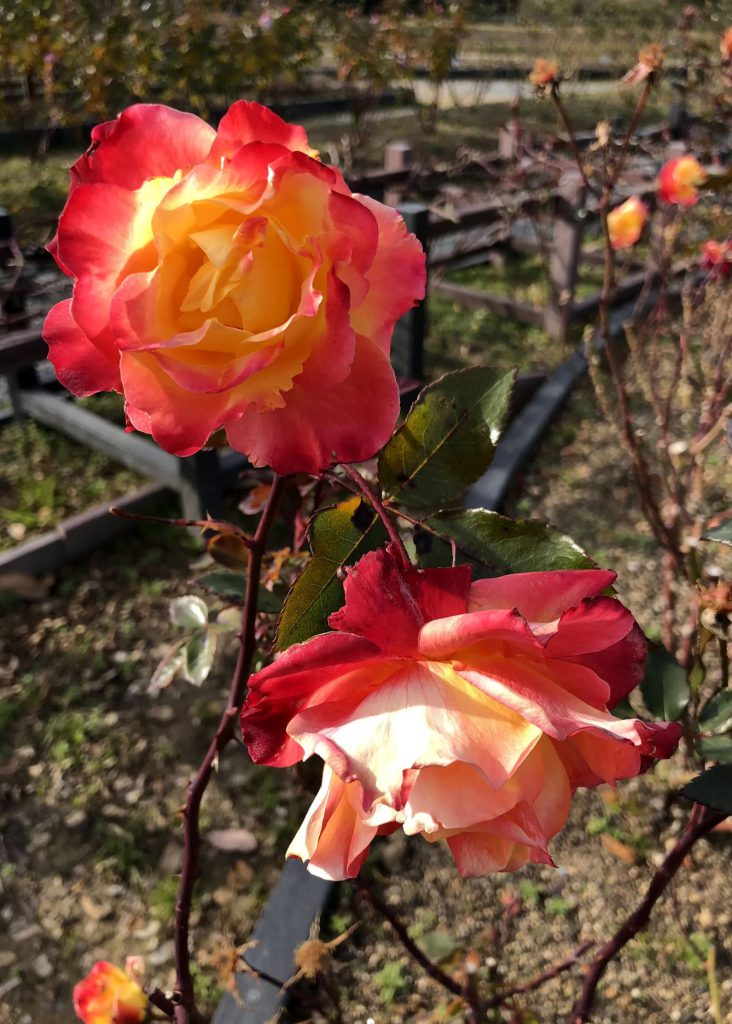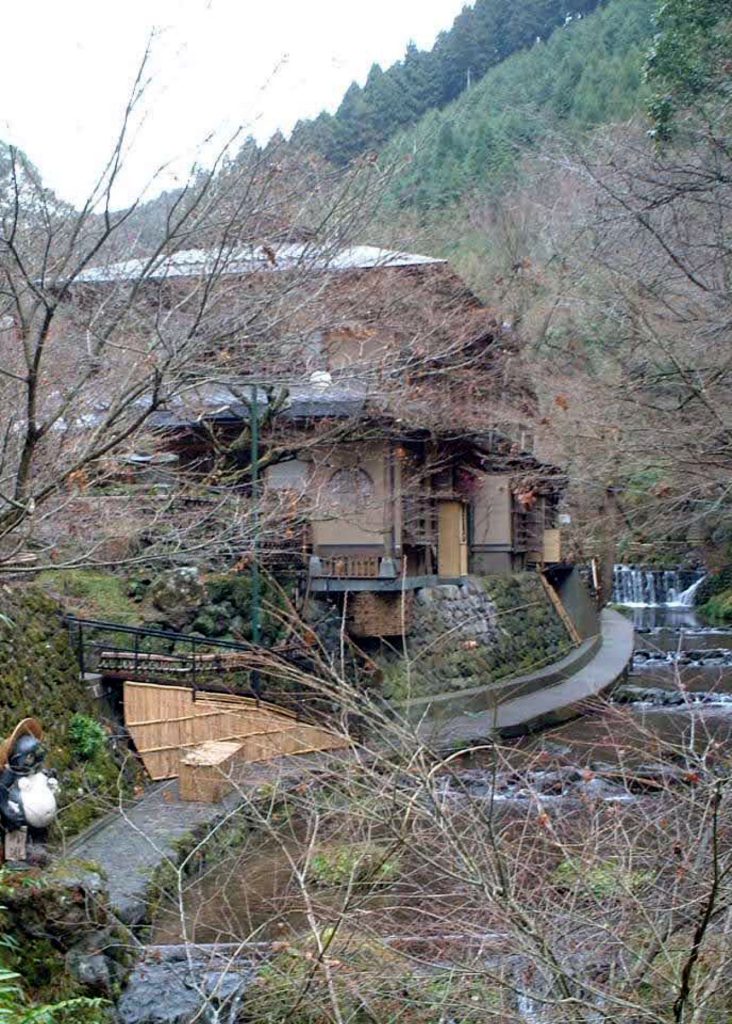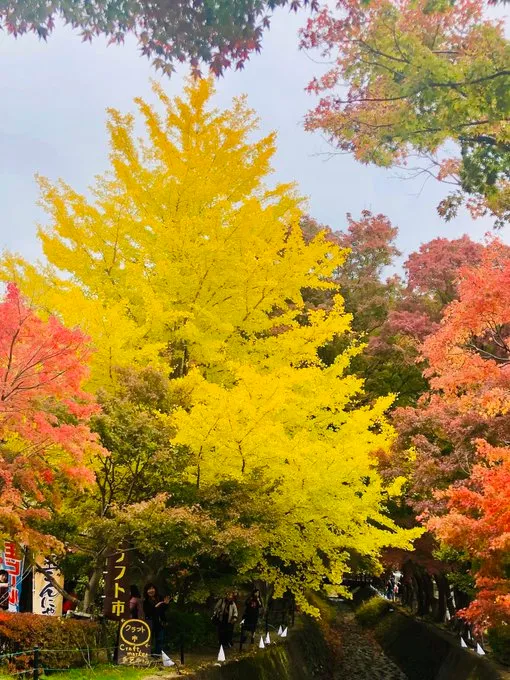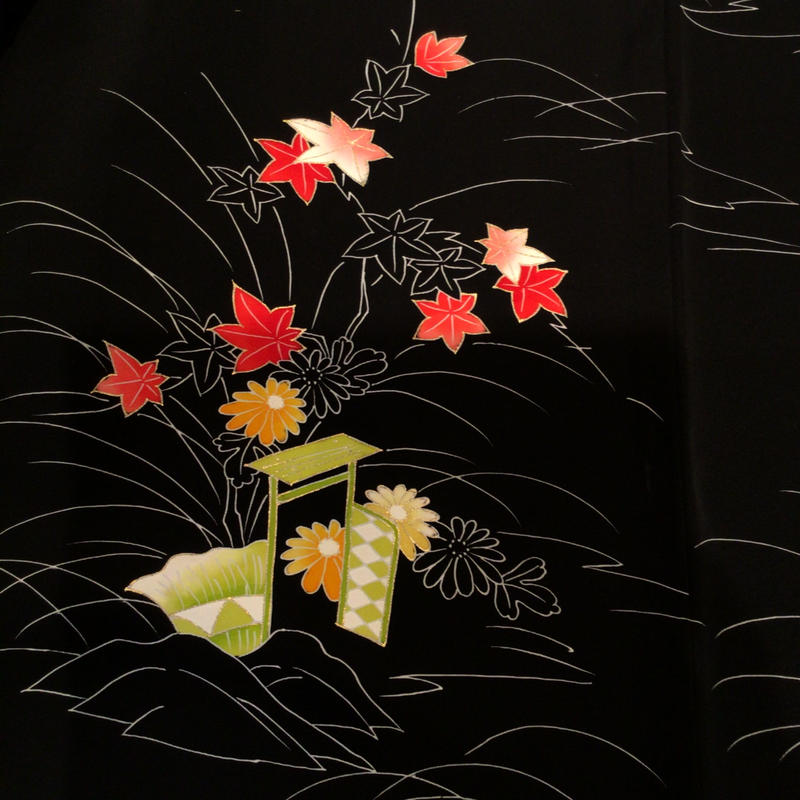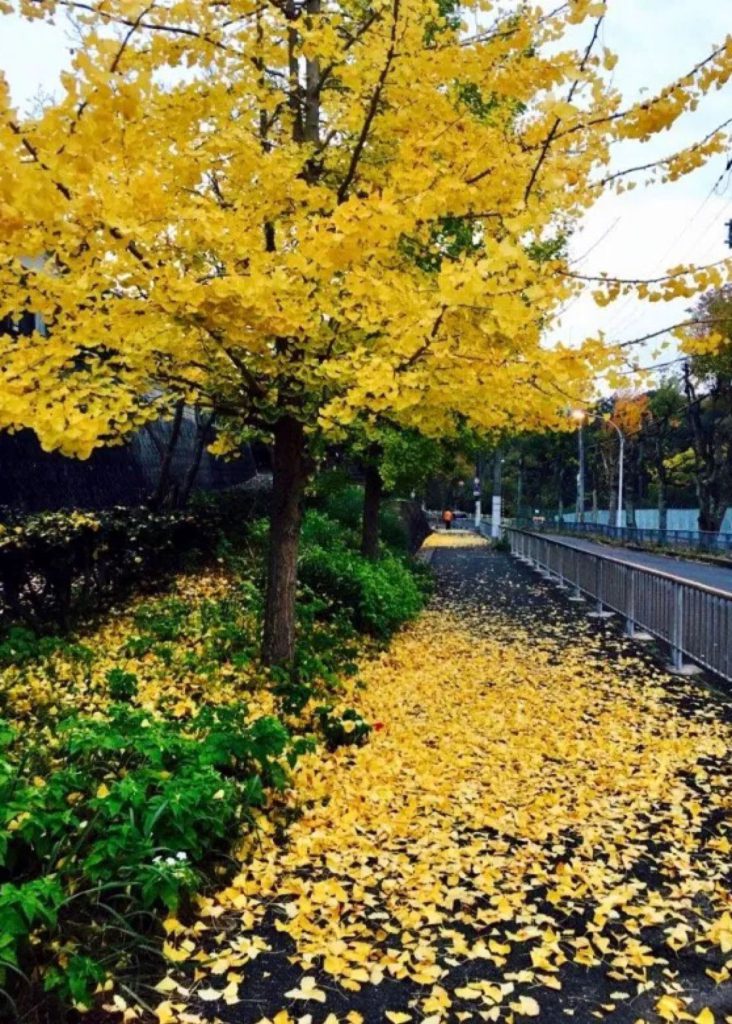
Fallen leaves of ginkgo are piled up on the road that has not yet dawned, illuminating the road much brighter than the light of the streetlight. My heart dances so much that I forget about the cold morning. After mid-November, a big Christmas tree is already displayed in the plaza inside the large supermarket, and I feel busy at the end of the year. The infection of Corona Will, which had been raging for two years, has subsided like a lie, and I hope that the New Year will continue as it is.
まだ明けやらぬ道に銀杏の落ち葉が降り積もり、街灯の明かりよりよほど明るく道を照らし出しています。朝冷えも忘れるほど心が踊ります。11月も半ばを過ぎ、大型スーパーの店内広場にはもう大きなクリスマスツリーが飾られていて、年末の気忙しさを感じます。2年間吹き荒れていたコロナウイルの感染も嘘のように収まり、どうかこのまま新年を迎えられればと祈る気持ちです。

